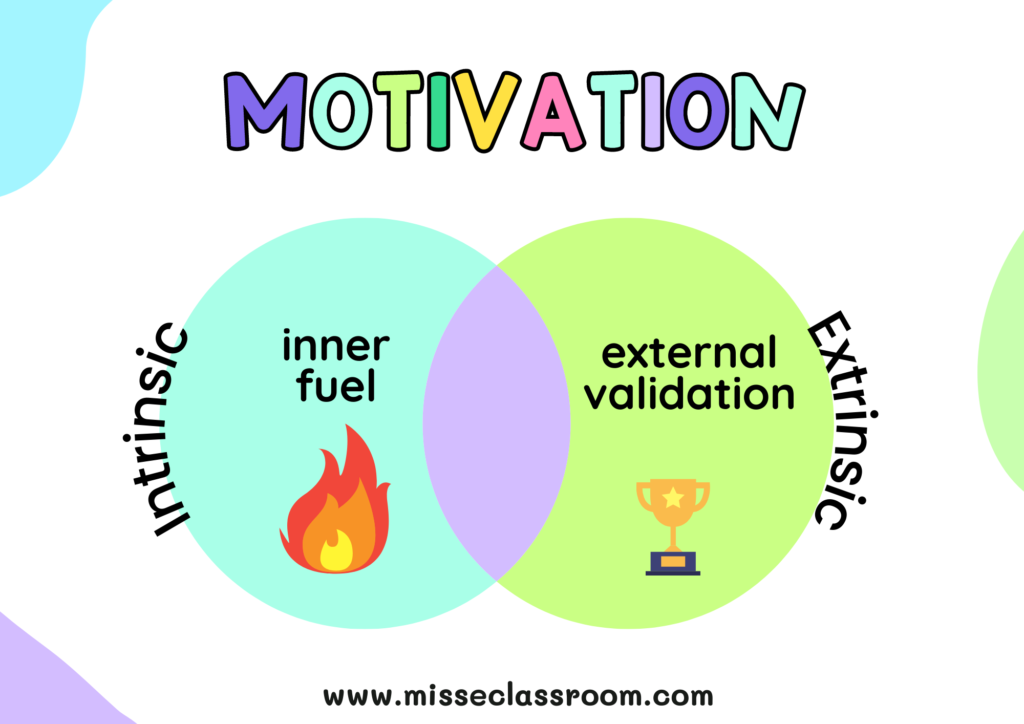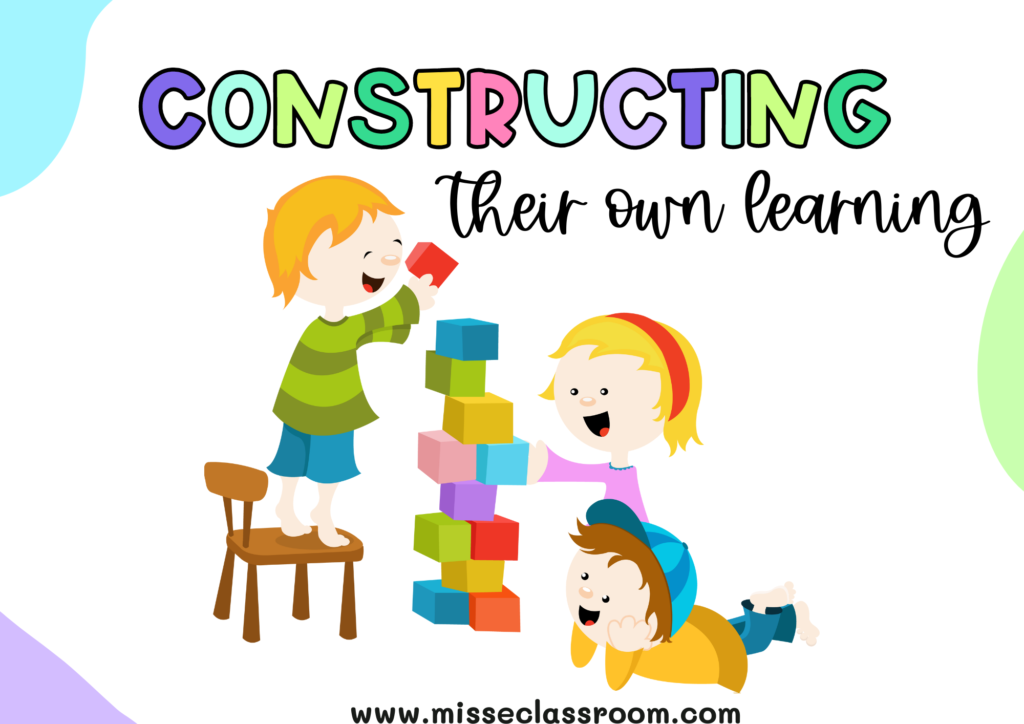Many teachers have accepted the myth of positive reinforcement as the panacea of teaching children. It definetly is an easy traditional discipline in the classrooms.

Intrinsic motivation. I’m sure we have all heard of its importance within the classroom. When students are intrinsically motivated, inner confidence is kindled without the need for external validation. Students take on tasks resiliently, weathering setbacks and immediate barriers because the long-term picture is clear. They are working towards a goal that internally drives them. What better tool can be added to a language learner’s kit than the confidence to take something on independently, regardless of the outcome?
Extrinsic motivation. Our society is rife with the need to be rewarded externally. Of course, extrinsic motivation has its place in the classroom. But if a student is solely motivated by external factors, such as positive reinforcement or praise, then a key piece of the puzzle has been taken away from their overall learning journey. It’s vital that the student has an attachment to the learning content because they want to learn it, not because of shallow rewards. When learning a language, students need to recognise the overall picture, including why they are doing it, and how it can impact their lives positively.
The myth about positive reinforcement
When identifying the behaviour that you want to encourage in the classroom, it can be easy to put your energy in the wrong place. For example, at the start of my teaching career, I fell into the trap of offering praise too often. After all, I wanted my students to feel comfortable and looked after within a warm environment. However, this OVERUSE OF PRAISE eventually caused it to lose all meaning. Students began to become complacent, and their motivation for the work moved more towards the extrinsic end of the spectrum, rather than intrinsic.
I’m not saying to make your learning environment a cold, harsh wasteland where dreams go to die. I’m saying that you must be truthful about what has been achieved. Use the least amount of positive praise necessary or none, identifying your students’ past efforts in order to stimulate continuous growth. When students feel that you are being authentic, they will have a closer connection to the content, as there will be a sense of ownership and acknowledgment over their position in the learning journey. When you use praise sparingly, they will not be reliant on it.

Students are able to construct their own learning
The Reggio Emilia approach encourages the principle that learners are the primary initiators of the learning process. They can take an element of ownership over it. As mentioned before, overuse of positive reinforcement can lead to a detachment of ownership, with students becoming more passive in the learning due to external motivators. It’s important to realise that when language learners are directed in the correct way, with the promotion of an intrinsically motivated mindset, they will forge a closer connection to the learning itself. So, how can you encourage this intrinsic mindset? Let’s look at some practical examples.
- Encourage effort
Jim Wright, of intervention central, highlights the importance of encouraging effort. When you’ve truly noticed that a student has tried hard by their own volition, recognition of this can lead towards an intrinsically motivated mindset. For example, you could say: ‘I noticed you spoke to me entirely in English over the last period. I appreciate your hard work.’
- Keep tally
Before your class, only plan to praise a certain number of students. Keep a tally of those you have praised, so that you don’t fall into the trap of over-praising. When you have a physical reminder of those you have praised, you can focus on teaching methods that will inspire intrinsic motivation.
- Set attainable, but challenging, goals
When students are aware that it’s possible to reach a certain goal, while knowing they’ll have to put in the work, it can create an element of tension that can inspire intrinsic motivation. If the goals are seemingly unreachable, this can bring on disinterest.
- Give authentic feedback on a student’s performance
Feedback will allow students to know their position in the learning journey. However, be careful not to make it personal. Let the student know that this is a reflection of their effort, not their identity. Constructive criticism is just that: constructive, and they should be able to recognise that and build upon it.
Ultimately, positive reinforcement has its place in language learning, but it should be used sparingly and methodically. Overuse will lead to a reliance on external motivators, which detracts from the potential of developing an intrinsically motivated mindset. Remember, once students are able to access the learning of their own evolution, they will be more effective learners overall.


